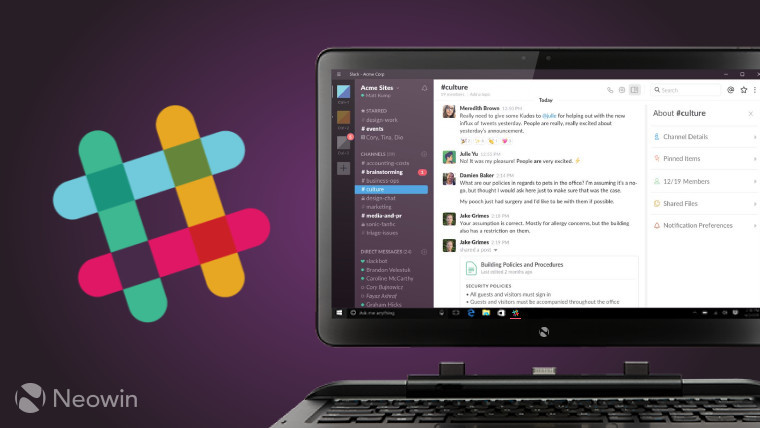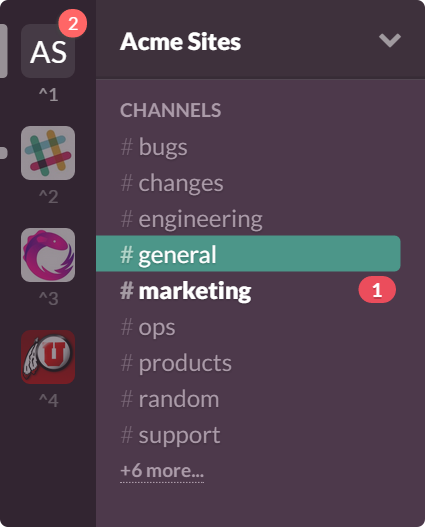
Tracing at Slack outlines how we implemented tracing across our API layer. (This will come in handy later)įor more information on what tracing is and our infrastructure that supports it, see our previous blog post, Tracing at Slack Understanding client / server latency

They all have the same trace_id, which allows our tooling to group them together. This gives you a single picture describing latency in a multi-service architecture.Įvery span in the trace can be thought of as a structured log. The “distributed” in distributed tracing comes from its ability to combine spans from separate services, on separate machines, into a single trace. This allows you to not only tell when something gets slower, but also pinpoint where and why it got slower. Tracing allows you to instrument how long an action takes (called a span ) and break it down into smaller sub-actions (called child spans ). Part I: Infrastructure A quick tracing primerĭistributed tracing is a common technology for managing distributed services, but it’s still quite new for client instrumentation. In this post we’re going to explain how we shipped our tracing stack to our iOS, Android, and JavaScript clients, and what we learned along the way. Our mobile and desktop client infrastructure team did a survey of available technologies and, you guessed it, tracing was the perfect tool for the job!ĭistributed tracing is a widely-used technology for understanding latency in a multi-service web application, but we found it opens up a new world of possibilities for understanding performance on the client as well. We were tired of letting our users down by not being able to diagnose their issues.

Slack client engineers were running into situations like this too frequently, where they knew a performance issue existed but couldn’t find the underlying cause.

#Slack desktop app not opening android
Looking at the customer’s logs, you see that it takes over 1.5 seconds to switch between channels on their Android client! That must be what they’re talking about, but what’s causing the slowdown? Nothing else pops out to you in the logs and the trail’s gone cold. Performance problems can be a real struggle to track down, especially if they aren’t easily reproducible. A customer writes in and says the dreaded words: “My app is slow”.


 0 kommentar(er)
0 kommentar(er)
